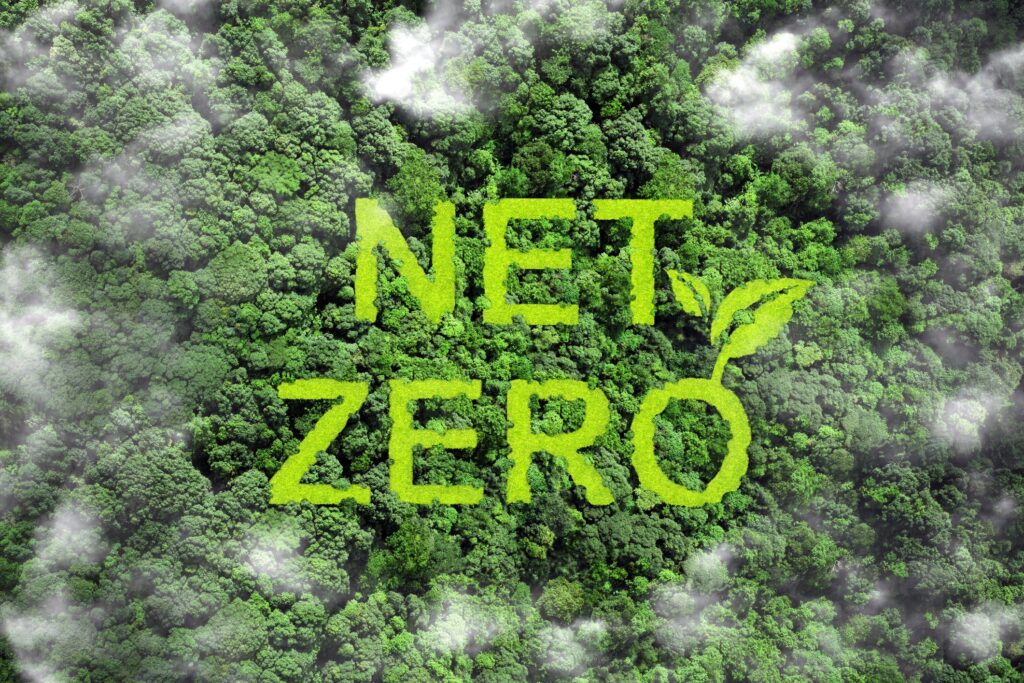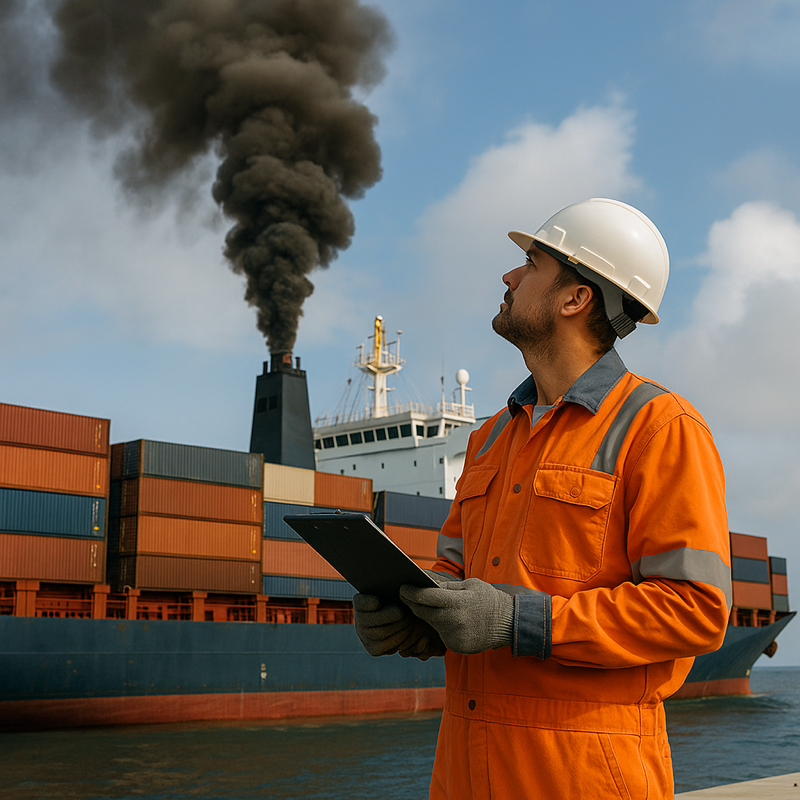In the past decade, sustainability has become an important topic within business strategy. A 2022 global survey by professional services firm KPMG revealed that all 100 top U.S. companies provide Environmental, Social, and Governance (ESG) reporting. According to another KPMG survey in 2022, 70% of U.S. CEOs consider their ESG programs to have a role in improving their financial performance.
With sustainability a growing focus, it comes with risks of greenwashing—where companies make misleading claims or try to appear greener than they actually are.
This article explores the concept of corporate greenwashing in supply chain operations and the importance of accurate, data-driven sustainability efforts for shippers, which they can use to build trust and improve their environmental impact.
The Risks and Consequences of Corporate Greenwashing in Supply Chain Management
Corporate greenwashing is something to be aware of before launching any sustainability initiative, as once labeled as engaging in greenwashing, it is difficult to regain trust. There may be penalties for not complying with regulations or even legal repercussions for activities like false advertising.
The following are a few examples of greenwashing.
- Making misleading claims – Example: Using the term “eco-friendly” based on one small change the company has made to its supply chain, even though its processes overall are not environmentally friendly.
- Using ambiguous terms – Example: Claiming something is a “green” product without stating what this means.
- Making irrelevant claims – Example: Advertising a product as free from a harmful chemical, even though that chemical is banned or unrelated to the product.
- Using unreputable or unknown certifications – Example: Claiming a credential that is either self-created or not backed by a reputable third-party verifier.
- Using misleading imagery – Example: Using natural imagery that mimics environmentally friendly companies to give the impression of sustainability without any action to back it up.
These are some of the most common greenwashing examples because they include strategies that might be easy for a marketing team to try to rationalize. But outside marketing strategy, corporate greenwashing can also happen in a couple of other ways. A company may be greenwashing if it claims to be green but is not forthcoming about its negative environmental impacts. A company is also at risk of greenwashing if it claims to be green but lacks complete, accurate data on its environmental impacts.
Companies can avoid greenwashing and the negative impacts on the business through more transparent, accurate, and complete information. In the last few years, stakeholders, including customers, investors, and partners, have become more informed and better able to spot problematic claims or practices. The answer to avoiding the risk of greenwashing altogether is for a company to collect meaningful, quality data on the sustainability of its supply chain and work toward improvements.
The Power of Data-Driven Sustainability Efforts
The depth of data matters when a company reports its sustainability initiatives. It’s not enough to approach freight-related Scope 3 carbon emissions, for example, only expecting to calculate rough estimates. Supply chains vary significantly from one business to the next, which means a one-size-fits-all approach will never be efficient at reducing carbon emissions to the best of the company’s ability.
Companies need granular data to develop a customized strategy for the best chance of success. Detailed, accurate data allows companies to benchmark against industry standards, set realistic targets, and take a calculated approach to their decisions. The data also allows companies to hold themselves accountable, as they measure their progress over time.
Moving Beyond Greenwashing: Building an Authentically Sustainable Supply Chain
Creating a sustainable supply chain goes beyond superficial green initiatives. It demands a commitment to sustainable principles, in some cases even reengineering how a supply chain operates. Here are some ways businesses can achieve this:
-
- Set realistic sustainability goals based on accurate, granular data insights.
- Align operations with guidelines like the United Nations’ Sustainable Development Goals (SDGs).
- Establish a culture of continuous improvement based on data-driven results.
- Implement transparent reporting and verification processes for emissions data.
- Collaborate with reputable sustainability certifications and organizations.
- Build trust with stakeholders through openness and accountability.
Building a socially and environmentally responsible supply chain requires a combination of data-driven strategies, transparency, and an authentic culture of continuous improvement. This well-rounded, deep-rooted approach protects companies from greenwashing while they can experience long-term benefits by being truly invested in sustainability.
Channel Your Sustainability Efforts with Greenabl
Greenabl offers a holistic solution to helping shippers track and reduce their carbon emissions. Through our advanced platform and expert consulting, shippers can keep an accurate reading on their carbon footprint to help with goal setting and reporting. Greenabl provides real-time emissions analytics and resources to help turn sustainability goals into results that truly make a difference.
To start your decarbonization journey, schedule a call with Greenabl today.


